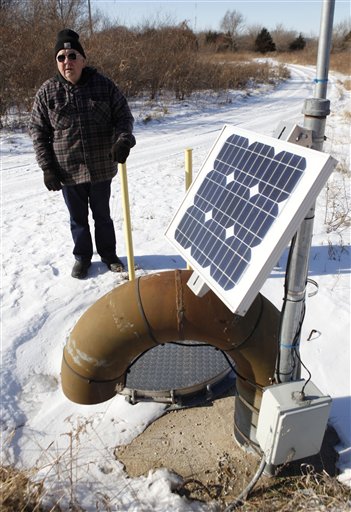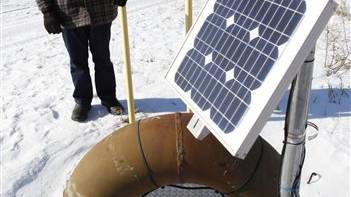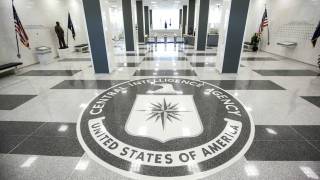Tritium leaks found at many nuke sites
Source: sfgate.com
Radioactive tritium has leaked from three-quarters of U.S. commercial nuclear power sites, often into groundwater from corroded, buried piping, an Associated Press investigation shows.The number and severity of the leaks has been escalating, even as federal regulators extend the licenses of more and more reactors across the nation.
Tritium, which is a radioactive form of hydrogen, has leaked from at least 48 of 65 sites, according to U.S. Nuclear Regulatory Commission records reviewed as part of the AP’s yearlong examination of safety issues at aging nuclear power plants. Leaks from at least 37 of those facilities contained concentrations exceeding the federal drinking water standard — sometimes at hundreds of times the limit.
While most leaks have been found within plant boundaries, some have migrated offsite. But none is known to have reached public water supplies.
At three sites — two in Illinois and one in Minnesota — leaks have contaminated drinking wells of nearby homes, the records show, but not at levels violating the drinking water standard. At a fourth site, in New Jersey, tritium has leaked into an aquifer and a discharge canal feeding picturesque Barnegat Bay off the Atlantic Ocean.

In this Tuesday, Dec. 14, 2010 photo, retiree Bob Scamen stands near a discharge pipe for the Braidwood Nuclear Power Station about 300 feet from his property, in Braidwood, Ill., 50 miles southwest of Chicago. In 1998 the pipe poured out 3 million gallons of water but, at first, Scamen did not realize it was radioactive. Radioactive tritium has leaked from three-quarters of U.S. commercial nuclear power sites, often into groundwater from corroded, buried piping, an Associated Press investigation shows. The number and severity of the leaks has been escalating, even as federal regulators extend the licenses of more and more reactors across the nation.Charles Rex Arbogast / AP
Previously, the AP reported that regulators and industry have weakened safety standards for decades to keep the nation’s commercial nuclear reactors operating within the rules. While NRC officials and plant operators argue that safety margins can be eased without peril, critics say these accommodations are inching the reactors closer to an accident.
Any exposure to radioactivity, no matter how slight, boosts cancer risk, according to the National Academy of Sciences. Federal regulators set a limit for how much tritium is allowed in drinking water. So far, federal and industry officials say, the tritium leaks pose no health threat.
But it’s hard to know how far some leaks have traveled into groundwater. Tritium moves through soil quickly, and when it is detected it often indicates the presence of more powerful radioactive isotopes that are often spilled at the same time.
For example, cesium-137 turned up with tritium at the Fort Calhoun nuclear unit near Omaha, Neb., in 2007. Strontium-90 was discovered with tritium two years earlier at the Indian Point nuclear power complex, where two reactors operate 25 miles north of New York City.
The tritium leaks also have spurred doubts among independent engineers about the reliability of emergency safety systems at the 104 nuclear reactors situated on the 65 sites. That’s partly because some of the leaky underground pipes carry water meant to cool a reactor in an emergency shutdown and to prevent a meltdown. More than a mile of piping, much of it encased in concrete, can lie beneath a reactor.
Tritium is relatively short-lived and penetrates the body weakly through the air compared to other radioactive contaminants. Each of the known releases has been less radioactive than a single X-ray.
The main health risk from tritium, though, would be in drinking water. The U.S. Environmental Protection Agency says tritium should measure no more than 20,000 picocuries per liter in drinking water. The agency estimates seven of 200,000 people who drink such water for decades would develop cancer.
Still, the NRC and industry consider the leaks a public relations problem, not a public health or accident threat, records and interviews show.
"The public health and safety impact of this is next to zero," said Tony Pietrangelo, chief nuclear officer of the industry’s Nuclear Energy Institute. "This is a public confidence issue."
[...]
Read the full article at: sfgate.com






















